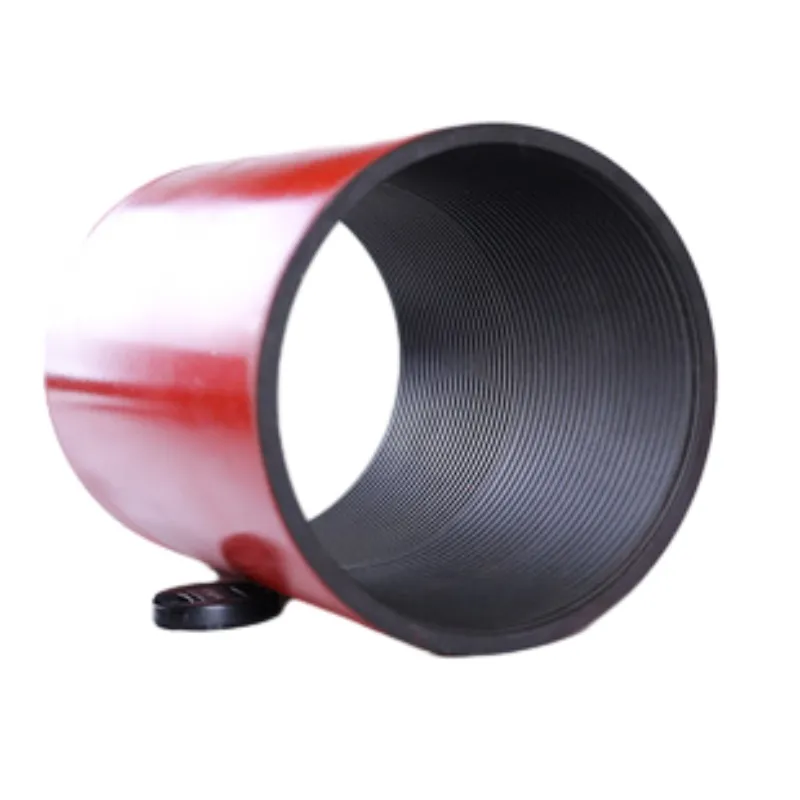- Afrikaans
- Albanian
- Amharic
- Arabic
- Armenian
- Azerbaijani
- Basque
- Belarusian
- Bengali
- Bosnian
- Bulgarian
- Catalan
- Cebuano
- Corsican
- Croatian
- Czech
- Danish
- Dutch
- English
- Esperanto
- Estonian
- Finnish
- French
- Frisian
- Galician
- Georgian
- German
- Greek
- Gujarati
- Haitian Creole
- hausa
- hawaiian
- Hebrew
- Hindi
- Miao
- Hungarian
- Icelandic
- igbo
- Indonesian
- irish
- Italian
- Japanese
- Javanese
- Kannada
- kazakh
- Khmer
- Rwandese
- Korean
- Kurdish
- Kyrgyz
- Lao
- Latin
- Latvian
- Lithuanian
- Luxembourgish
- Macedonian
- Malgashi
- Malay
- Malayalam
- Maltese
- Maori
- Marathi
- Mongolian
- Myanmar
- Nepali
- Norwegian
- Norwegian
- Occitan
- Pashto
- Persian
- Polish
- Portuguese
- Punjabi
- Romanian
- Russian
- Samoan
- Scottish Gaelic
- Serbian
- Sesotho
- Shona
- Sindhi
- Sinhala
- Slovak
- Slovenian
- Somali
- Spanish
- Sundanese
- Swahili
- Swedish
- Tagalog
- Tajik
- Tamil
- Tatar
- Telugu
- Thai
- Turkish
- Turkmen
- Ukrainian
- Urdu
- Uighur
- Uzbek
- Vietnamese
- Welsh
- Bantu
- Yiddish
- Yoruba
- Zulu
what are the differences between casing and tubing?
Differences Between Casing and Tubing in Oil and Gas Wells
In the oil and gas industry, the terms casing and tubing are often used interchangeably by those outside of the drilling and production domains. However, they serve distinct purposes and have different characteristics that are crucial for the efficient and safe operation of wells. Understanding these differences is essential for engineers, geologists, technicians, and anyone involved in the drilling and production processes.
What is Casing?
Casing refers to the series of pipes that are installed in the wellbore after drilling to provide structural integrity and mitigate issues related to the surrounding formation. It is typically made from steel and is designed to support the walls of the well, preventing them from collapsing under the pressures of the earth. Additionally, casing aids in isolating different pressure zones within the borehole, protecting freshwater aquifers from potential contamination with hydrocarbon fluids.
Casing is installed in stages, each extending deeper into the borehole. The initially installed casing is often referred to as surface casing, which protects the shallowest sections of the well and the most vulnerable aquifers. Subsequent casings, such as intermediate and production casings, are set deeper to isolate different geological formations. Once the casing is in place, it is cemented to the wellbore, creating a secure barrier that enhances the well's stability.
What is Tubing?
Tubing, on the other hand, refers to the smaller diameter pipes that are inserted into the well through the casing and are used primarily for the production of oil and gas. Once the well has been drilled and cased, tubing is inserted to allow hydrocarbons to flow from the reservoir back to the surface. Unlike casing, which is meant to remain in place for the life of the well, tubing can be replaced or removed during the well's lifecycle depending on the production needs or maintenance requirements.
Tubing is designed to withstand the physical and chemical stresses of produced fluids and gases. It is typically more lightweight than casing and has a smoother interior surface that minimizes friction during the flow of hydrocarbons. This design promotes better flow rates and ensures that the production system operates efficiently.
what are the differences between casing and tubing?

Key Differences
1. Purpose and Function The primary function of casing is to provide structural support and prevent the collapse of the wellbore, while tubing's main purpose is to transport produced hydrocarbons to the surface.
2. Diameter and Size Casing pipes are generally of larger diameter than tubing pipes. The size difference allows for tubing to fit within the casing.
3. Installation Process Casing is installed first after drilling to secure the wellbore, followed by the installation of tubing. Casing is cemented in place, while tubing is usually not cemented and can be removed or replaced.
4. Material and Design Both casing and tubing are typically made from steel; however, tubing often has a thinner wall and a smoother interior to facilitate fluid flow.
5. Longevity Casing is designed to remain permanently in the well for the duration of its life, while tubing may require replacement due to wear or changes in production demands.
Conclusion
In summary, the differences between casing and tubing are fundamental to the function and safety of oil and gas wells. Casing provides essential support and isolation against geological pressures, while tubing facilitates the efficient production of hydrocarbons. Each plays a vital role in ensuring that wells operate safely and effectively. Understanding these distinctions is critical for anyone involved in the energy sector, from engineers and geologists to field technicians, ensuring a greater appreciation for the complexities of well construction and operation. Knowledge of casing and tubing not only aids in current operations but also informs better practices in future drilling and production efforts.
-
Tubing Pup Joints: Essential Components for Oil and Gas OperationsNewsJul.10,2025
-
Pup Joints: Essential Components for Reliable Drilling OperationsNewsJul.10,2025
-
Pipe Couplings: Connecting Your World EfficientlyNewsJul.10,2025
-
Mastering Oilfield Operations with Quality Tubing and CasingNewsJul.10,2025
-
High-Quality Casing Couplings for Every NeedNewsJul.10,2025
-
Boost Your Drilling Efficiency with Premium Crossover Tools & Seating NipplesNewsJul.10,2025







